Did the girls in those youth films escape the trap of genre movies?
Author/ Chen yi
Half a month ago, only three days after the release of the literary film Under the Sun, which tells the story of girls’ growth, the box office performance fell off a cliff. Just as director Liang Ming was heartbroken, this Friday, another story about girls’ growth appeared-the virgin work of cutting-edge director Zhou Sun, a youth reality film starring Ancy and Leon.
After the momentum of domestic youth films gradually faded, in recent years, many films with girls as the leading role and mainly about girls’ spiritual transformation and self-awareness awakening have emerged one after another. Only those with the word "girl" in their names have appeared in five years, such as Flash Girl, Girl Nezha, Girl Jiahe and Mosaic Girl.
Among these films about girls, although there are also commercial films (such as My Girlhood, Left Ear, July and An Sheng) which are in the same strain as the youth films of previous years, more of them are literary films independently produced by new directors. It is these small-budget, independent films that are mainly discussed in this paper.

Data comes from Douban and Lighthouse Professional Edition.
At present, except for a few works blessed by celebrity directors, these girls’ films generally have poor market response, and the Douban scores are mostly above 6 and below 7. However, even so, there are still more and more directors who persistently cast their eyes on this, and again and again through the girl’s heart, to complete the personal expression in their works.
In this case, the question we have to think about is: With the increase of the number, will girls’ films fall into the dilemma similar to domestic youth films? If you want to gain lasting vitality, how should these girls find a breakthrough in box office and word of mouth?

From Youth Love to Self-growth
-the road to the appearance of the girl image
In 2013, the film "To Our Dying Youth" directed by Zhao Wei was born. After the word-of-mouth and box office both set new genre records, a large number of films with similar content structures appeared in a short period of time, and youth films have since become one of the types that can’t be ignored in the mainland film industry.
A large number of commercial relapses will inevitably mean the homogenization of the theme and the decline in quality. Within a few years, the reputation of mainland youth movies will no longer be there, and this situation will not be improved until a number of works with diversified themes such as July and An Sheng (2016) and Flash Girl (2017) appear. Gradually, the definition of youth films has been broadened, and the market has finally picked up.
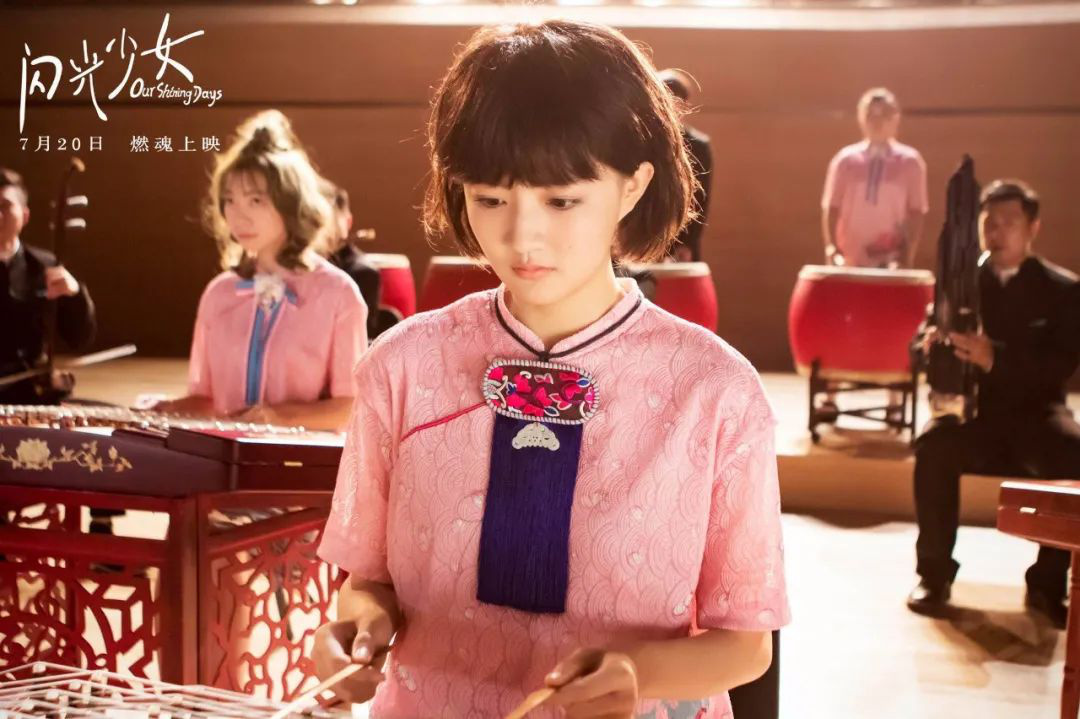
The 2017 youth film word-of-mouth work "Flash Girl"
Among the emerging types, girl movies are one of them.
As a sub-type of youth films, girls’ films usually refer to films with adolescent women as the main point of view and girls’ growth as the theme of the story. It is different from ordinary campus love dramas (such as You at the Same Table), and it is also different from emerging types that focus on teenagers and have certain social critical significance (such as A River of Sorrow, Better Days, etc.). The most important word in girls’ movies is "girl", and the lush years in the films should be presented through her eyes, and all the immature atmosphere and nostalgic atmosphere should also carry strong feminine characteristics.
Although the number is still limited, the increase of girls’ movies in recent years is obvious. First of all, this is because in the movie market, the youth story of dog blood can no longer deceive people’s attention, and the audience began to yearn for films with more depth and substitution. On the other hand, it is also because feminism has risen year by year and people’s self-awareness has gradually awakened.
With the development of feminism in mainland China, there are more and more discussions about women, and the constraints of the times on "girls" are gradually weakening. Nowadays, the discussion on the role of women in film and television works is no longer a unilateral power suppression, women begin to gain the right to speak, and the works from the perspective of women are increasing day by day.

A masterpiece of girls’ theme "Over Spring"
At the same time, today’s society belongs to the only child generation, and as far as girls’ movies are concerned, the leading role of the film is mostly only children. Compared with the older generation with many brothers and sisters, most of the only children have urban family background, and they are the center of the family since childhood, so they don’t need to worry about food and clothing. Under this living environment, they will naturally pay more attention to themselves and are eager to express and realize their self-worth. At this point, it is the same for both the creator of the film and the characters in the film.
However, there are also expectations and emotional loads from parents corresponding to food and clothing. In the post-90s generation, the pursuit of self is always accompanied by social and family constraints, and this contradiction is actually the social and realistic basis for the gradual rise of girls’ movies in the China market in recent years.

From rigid attachment to personality liberation
-the road to transformation of young girls
As a transition from children to adults, "teenage girls" are an important period when women’s physical and mental changes and gender awareness begin to awaken. The construction of gender identity will bring a series of contradictions and puzzles, which are constantly impacting the eternal topic of growth.
For a long time, the image of "girl" has been an indispensable part in the youth movies about growth. However, from the simple "gender symbol" in the early years to the vivid role images now, it took a period of development for the girls in domestic youth movies to come to their present positions.
In the early days of the wave of youth films, most of the girls in the campus stories were accessories of the male characters in the films.
Take the traditional youth film "You at the Same Table" as an example. In the film, Zhou Xiaozhi played by Zhou Dongyu is sweet, lovely, pure and clean. These elements are almost completely in line with the fantasy of traditional men for first love, and the role of Zhou Xiaozhi is somewhat instrumental and representative.
Similar to other films in the same period, You at the Same Table tells the story of the growth of the hero Lin Yi from the perspective of the whole process. In Lin Yi’s youth, Zhou Xiaozhi has always been in a passive position, and her fate will even be influenced by Lin Yi, just like the victim of this love.
This kind of role and plot setting will naturally arouse the dissatisfaction of some viewers, and it is under this voice of dissatisfaction that some films from the female perspective and centered on female roles began to appear in the market. For example, July and An Sheng, which still belongs to the category of youth films, broke the tradition of male discourse as the center of this type. By reviewing the growth experiences of two girls, July and An Sheng, women’s thoughts on life and growth were highlighted.
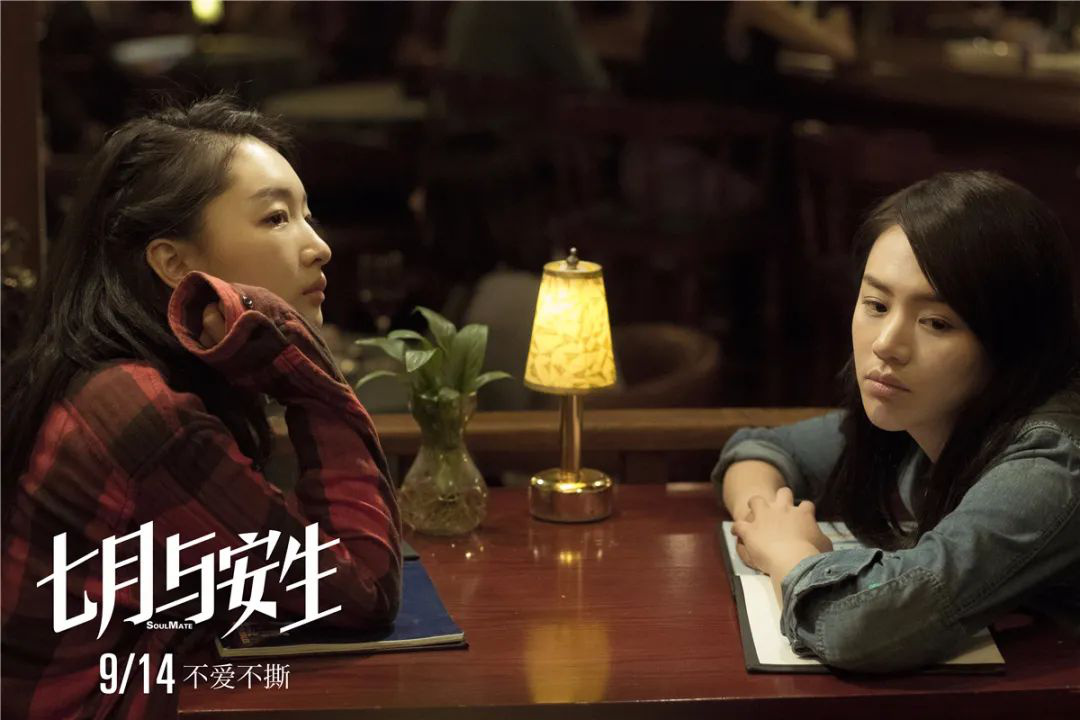
After gaining a good response, the domestic youth films did not stop there, and it was at this time that the girls’ films made their debut, enriching and expanding this genre.
Compared with previous commercial youth films, the girl images in girls’ films are more plump and multifaceted. In these stories with them as the main point of view, all the girls are divorced from the perfect characters in traditional youth movies. They are no longer perfect, no longer devoted to love, and no longer blindly pay and sacrifice themselves.
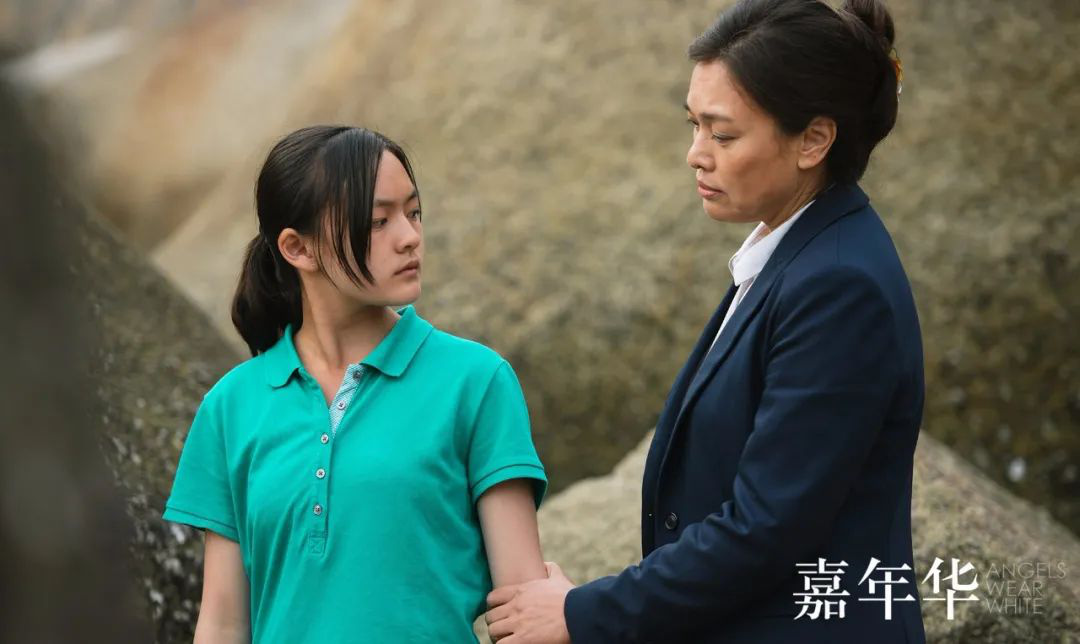
Facing the sinister society, Xiaomi, a working girl in Carnival, once exposed her inner darkness. The experience of going out at a young age made her precocious. In the face of the crime of harming girls, her kindness and justice instinct made her record videos as evidence. However, in the case of possible displacement at any time, she did not forget to please her lawyer at the price of a problem in 100 yuan, and tried to keep her job with the video of evidence.
In Girl Nezha, Wang Xiaobing, a girl, shows her edges and corners in a more direct way. In the face of family disputes, she finally accused and complained loudly in front of her family. In the end, she even expressed her stubbornness and persistence in the extreme form of suicide by cutting her wrist.
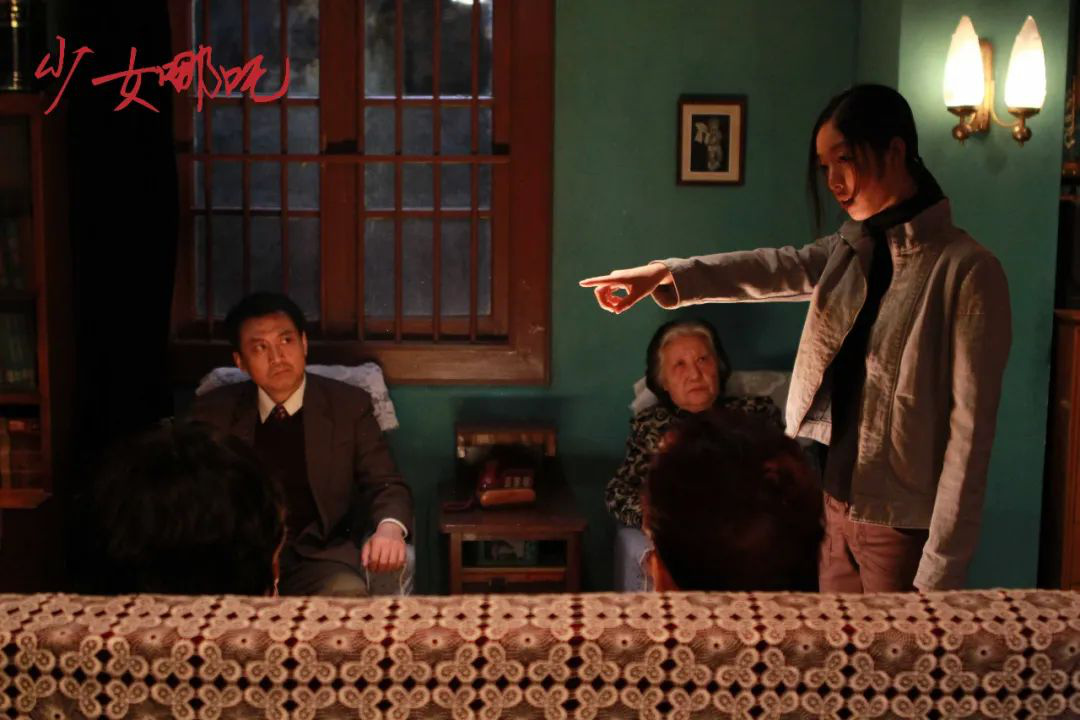
Wang Xiaobing who complained loudly in front of his family.
In a word, as the core figures in youth films, these girls have finally shown diversified characteristics. Under the creator’s hand, they strive to break away from the shackles of tradition and boldly pursue themselves, while at the same time taking on more and more social responsibilities and shouldering the unique discourse secrets of this era.

Gender issues and typological development
-The way to break through girls’ movies
Similar to domestic youth films, in recent years, girls’ films as a whole have shown a mixed trend, and the theme content has gradually landed. Instead of indulging in beautiful love and dreamy expression, these films are more combined with realism and criminal elements, which directly hit social pain points and are full of humanistic care.
Among them, Carnival focuses on children’s sexual assault, Over the Spring focuses on identity, My Heart is Jumping for joy discusses forbidden love, and Girl Jiahe tells the story of girl’s revenge. However, no matter where the focus is, there is usually a common psychological feature in these films exploring the growth of girls, that is, awakening, thinking and identifying with women’s gender identity.

The girl movie My Heart is Jumping with the theme of love between teachers and students.
Unfortunately, although it revolves around the word "women", the theme of women does not mean a feminist position. For most girls’ movies, although they try to discuss this critical issue, they can’t really go deep.
Still take the film Carnival as an example. In the story, the two girls who were violated by the prisoner were always in a state of aphasia, and Xiaomi, a working girl, chose to help her peers defend their rights only after being calculated and beaten by the criminal’s accomplices.
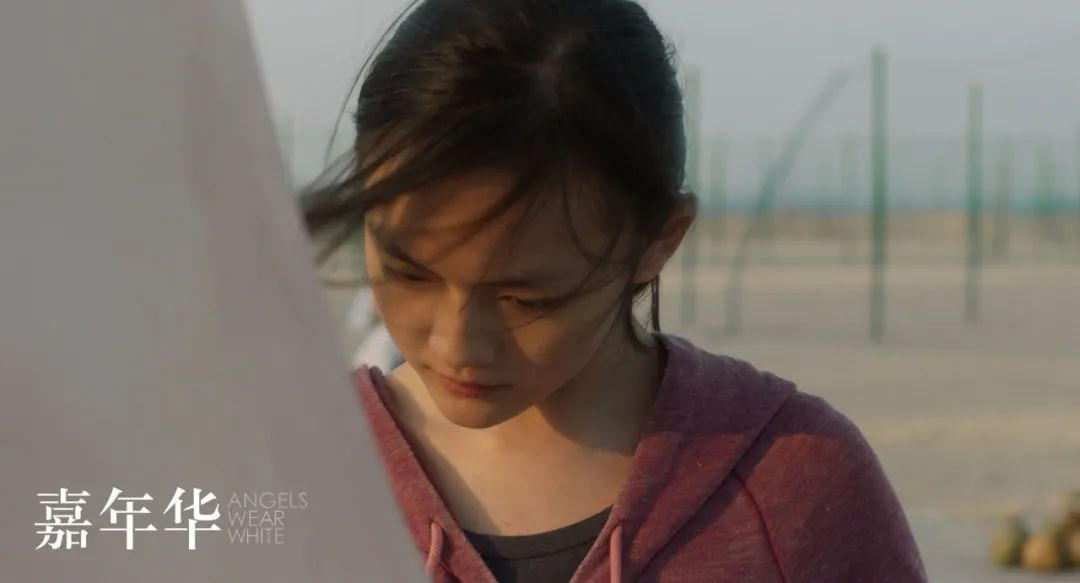
On the other hand, eager to get rid of the present misfortune, Xiaomi even almost sold her body to keep her job. Although her self-consciousness finally awakened at the end of the film, from the perspective of the female images in the whole film, the girls in Carnival are always numb and powerless in the face of male cruelty. Moreover, they have been in this tragic situation for a long time, and they have even lost their sense of resistance, just trying their best to escape or paralyze themselves.
The same is true of Girl Nezha. In this story, Wang Xiaobing, who represents the rebellious side, grew up in a broken family and had a tense relationship with her parents, but at the same time, she was free, chic and fearless. It can be said that her presence makes the audience see more possibilities of life, but unfortunately, Wang Xiaobing at the end of the film only gains a tragic ending with death.

For the audience, this seems to be a hint and a wake-up call-the young rebellion is just a bold and arrogant dream, the alternative road will eventually be blocked, and the girls will still have to get lost and return to the tradition.
Contemporary China girls’ movies seem to follow the development of feminism, but at its core, this kind of superficial resistance and discussion still makes most of the works become a youthful adventure.
On the other hand, like the popular youth films in the 1910 s, the current theme of girls also shows a trend of homogenization. Even, unlike youth films, most of these girls’ films are literary films, and too many personal expressions in some films make the audience foggy. Therefore, in business, it is difficult for these films to break through the circle, and there is little hope for sustainable development.
In an interview two days ago, Liang Ming, the director of Under the Sun, bluntly said that he had "sold his house in the old market" because the box office was bleak. Previously, Nezha the Girl, My Heart is Jumping, and other films all suffered setbacks at the box office. Even Carnival, a word-of-mouth work blessed by social hot issues, did not exceed 30 million at the box office at that time, which was really regrettable.
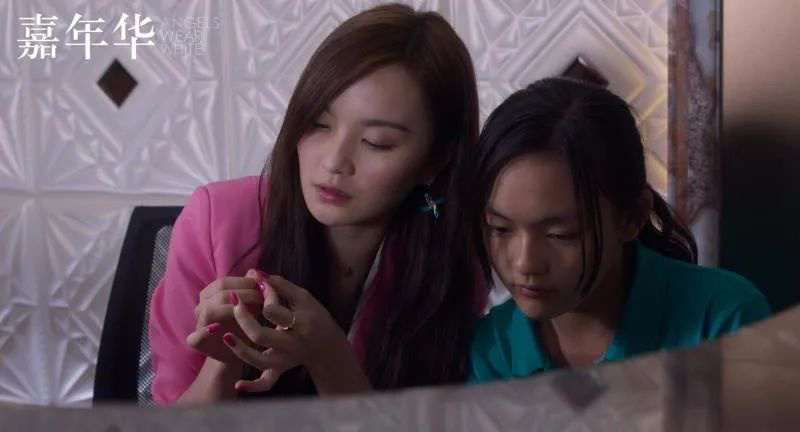
On the eve of the release, Carnival happened to catch up with the "red, yellow and blue" incident that shocked thousands of netizens, and the film gained more attention.
As far as the current film market is concerned, although the multi-element fusion works such as Girl Jiahe can attract more attention, on the whole, girl movies are still difficult to break. If you want to really trigger a craze, this kind of film should pay equal attention to business and art, abandon the over-small pattern and over-personal expression, and slowly seek its own breakthrough road.
